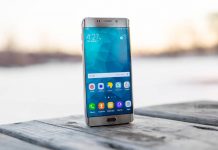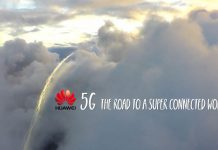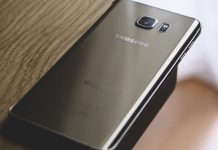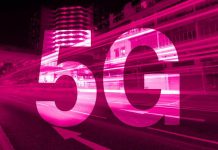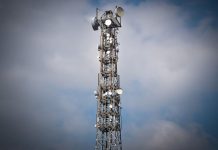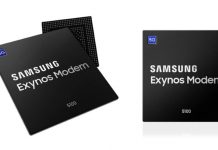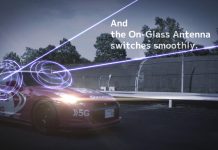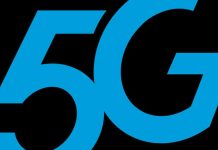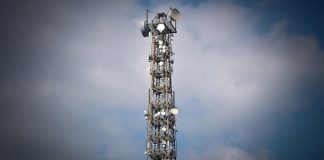Operators are looking for different methods to accelerate their cellular networks. The use of more efficient modulations (i.e. 256 QAM) and aggregation of individual frequency bands are not enough. An interesting solution is to use the unlicensed 5 GHz band resources, that is the use of LAA (Licensed Assisted Access) technology. The American branch of T-Mobile launched the first base stations from LAA already last year. Thanks to this, the download speeds increased 5 to 10 times.
LAA, or Licensed Assisted Access, is a technology that allows the construction of LTE base stations equipped with radio modules operating in the unlicensed 5 GHz band. Wi-Fi networks also use the same frequencies. Therefore, LTE LAA base stations work in such a way as to minimize the impact of mutual interference with Wi-Fi hotspots. In turn, the smartphone most of the time works by connecting to the base station using the licensed LTE band. The aggregations with unlicensed frequencies occur only when the data transmission starts. In December last year, T-Mobile conducted tests with Ericsson, in which the LAA technique was combined with MIMO 4×4 and 256 QAM. This resulted in 12 parallel data streams that allowed data to be downloaded at 1.1 Gbps. However, tests in the laboratory are one thing, and we are interested in the results obtained in the so-called field.
We launched LAA in 4Q 17 and have seen material impacts in speed performance – increasing speeds 5-10X
— Neville (@NevilleRay) February 8, 2018
LAA gives a solid throughput boost for LTE networks
Neville Ray, head of the T-Mobile US technical department, said on Twitter that using the unlicensed 5 GHz band is very beneficial. Five or even tenfold increase in the performance of the base station during the transmission of data works on the imagination. However, the truth is that the new technology, which is a good complement to existing LTE networks, does not solve all problems. LAA transmitters operating in the 5 GHz band can not radiate with too much power. This means that the range of the picocells produced in this way is small. In practice, it is slightly larger than the range of a good Wi-Fi hotspot. That is why new base stations will be created in places where there are large clusters of people. So, for example, they will be shopping centers, bus stations, sports stadiums etc. I wonder whether one of our domestic operators will decide to build LAA station.

Source: FierceWireless




